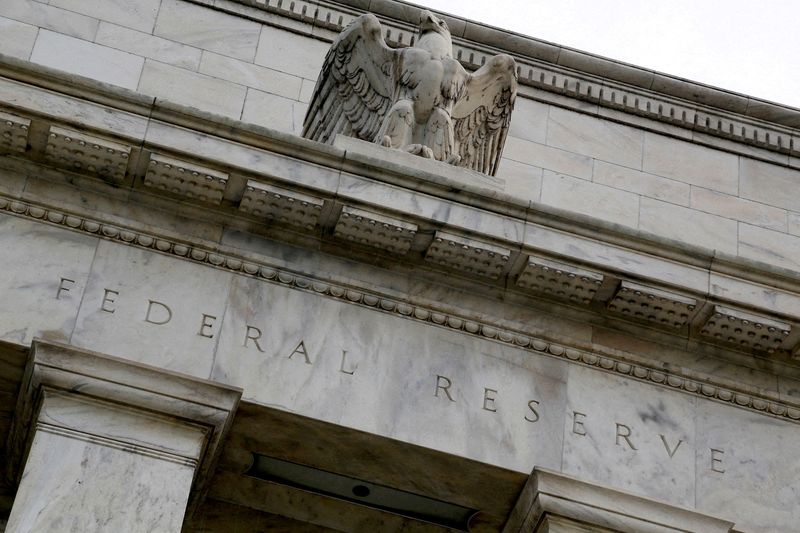Investors are preparing for high inflation
2022.12.12 08:42
[ad_1]

Investors are preparing for high inflation
Budrigannews.com – The U.S. Central bank’s probably shift to a more modest loan cost increment this week could offer a break to bond financial backers hit hard by a line of super-sized climbs, however questions stay on how much harm the Federal Reserve is prepared to incur for the economy.
To contain the largest rise in inflation in decades, the central bank has begun the quickest tightening of monetary policy in 40 years. However, Chair Jerome Powell stated last month that after four consecutive 75 basis point increases, the pace of rate increases may slow in December.
A bond rally over the past month was fueled by the less aggressive stance, which came after better-than-expected consumer price data in October. Two-year Treasury yields, which typically closely reflect monetary policy expectations, are down to 4.3% from a 15-year high of 4.8% early last month. Benchmark 10-year Treasury yields have fallen to about 3.5% from over 4% in early November.
More Stagflation and political crisis in EU 2023-Deutsche Bank
The November Consumer Price Index will be released on Tuesday, one day before the Fed’s policy decision is announced, providing fresh inflation data. The rate of price increases has recently been showing signs of slowing down, but if inflation surprises on the upside, CPI could once more shock markets.
“I think the CPI numbers are possibly a more significant occasion … given it has been a significant point of support in the structure story of being near a top in the fed reserves,” said Martin Harvey, portfolio supervisor of the Hartford World Security Asset.
According to a report released on Friday by the Labor Department, underlying producer prices increased in November at the slowest annual rate since April 2021. The trend is slowing, even though overall producer prices increased slightly more than anticipated.
On Friday, traders in Fed funds futures were anticipating a 93% probability of a 50 basis point rate increase this month, which would bring the Fed’s policy rate to a range of 4.25 percent to 4.5 percent.
Lynda Schweitzer, portfolio manager at Loomis, Sayles & Company and co-head of the global fixed income team, said that while she was confident about the Fed’s downshift to a 50 basis point hike, she was more concerned about potentially higher CPI data and unexpected decisions from other central banks.
“The CPI print will be interesting if it confirms this turnover, as the European Central Bank (ECB) is more of a wild card to me. She stated, “The market would be risk off again if we get another surprise higher.”
Investors will also be paying attention to how steadfastly the central bank will reaffirm that interest rates are likely to remain high after they reach their peak. This possibility has already been emphasized by Fed officials, and this week’s new projections are likely to show that rates will continue to rise and remain high through 2023.
The Fed’s policymakers predicted in September that the fed funds rate would remain at 4.6% until 2023. The so-called terminal rate, according to Chair Powell last month, would need to be “somewhat higher,” and other Fed officials have talked about the possibility of rates rising above 5% next year.
Investors in the money market anticipate that the Federal Reserve will continue to raise interest rates over the coming months, eventually reaching a peak of 4.96 percent by May of next year, down from 5.15 percent at the beginning of the month. However, they also anticipate that the Fed will cut rates in the second half of the following year, betting that the Fed will attempt to boost an economy that has been hampered by much higher borrowing costs.
Jim Caron, chief fixed income strategist at Morgan Stanley (NYSE:), stated, “There is a disconnect between what the market is pricing and what the Fed is saying.” Management of investments.
He thinks that bond volatility will go away as the Fed gets closer to the end of its hike path, but that inflation could still cause Treasury yields to rise.
“I’m less certain that the Fed will cut interest rates within the next year or so.” As a result, I must conclude that the yields on 10-year Treasury notes are probably too low,” he stated.








